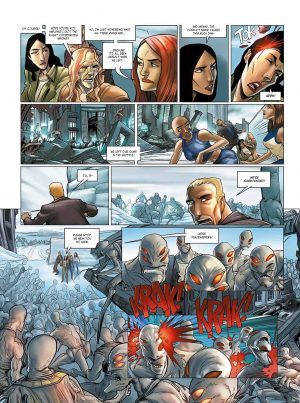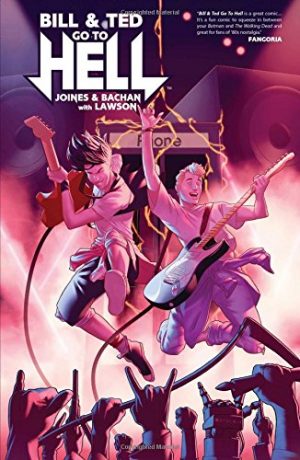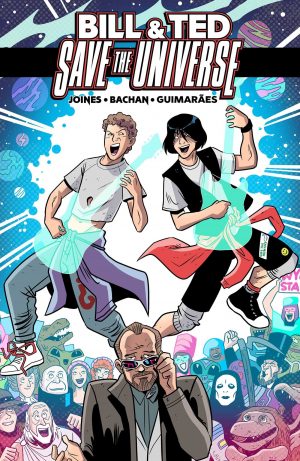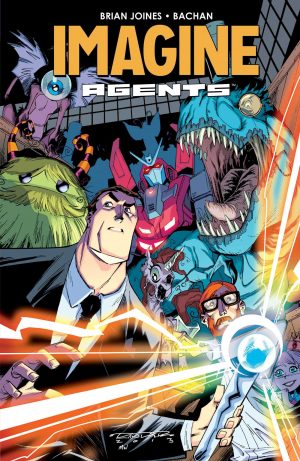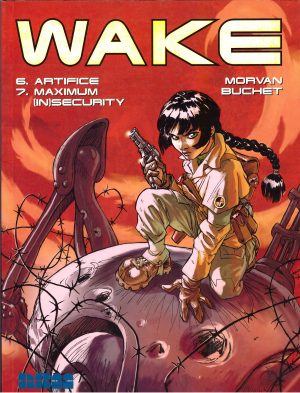Review by Ian Keogh
A confusing succession of violent events occupy the first few pages of Off-World Blues, in which Humanoids combine translations of what were originally two French albums with 62 new pages to provide a complete story. In France this was titled Nirta Omirli after the character seen executed over the first sequence and over whose broken head alien troopers are climbing on the cover. That execution doesn’t appear to have been an impediment, and he’s seen again.
The background to Off-World Blues is humanity having partially occupied an alien planet, causing no little resentment among the inhabitants. A peace deal is brokered by the arrival of a massively populated ship of Earth troopers, but while they’re in suspended animation making their way home there’s an accident leaving only five survivors. Their only chance of long term survival appears to be taking a shuttle back down to the planet, where it’s now 24 years later on the eve of the year 3000.
Jean-David Morvan’s few American comic credits are highlighted on the back cover blurb, but better representing his science fiction credentials are translated projects such as Bramble and Wake, both imaginative and conceptually rich. So is the background to Off-World Blues, for which Morvan constructs an appalling society that rewards murder. The planet the soldiers return to differs greatly from the one they left 24 years earlier, and Morvan throws in several whimsical references to the old Soviet Union, not least Ormirli’s visual resemblance to Lenin, and his lying in state.
Bachan is the alias used by Mexican artist Sebastian Carillo, who applies a lot of effort to the art, but whose style here lacks appeal. He pictures people strangely, faces pinched and twisted, and bodies stretched and distorted, and during the action focus is lacking, making these scenes difficult to follow. His greatest strength is design, people looking distinctive and the aliens with two pairs of eyes memorable and imposing within their tailored armour.
Once the humans are back on the planet, there’s plenty of room for ethical discussion, but that’ s minimised as Morvan institutes a series of mysteries as to why so much has changed, and underlines the different characters of the human survivors. It’s not until the final fifty pages that Off-World Blues really drops some surprises, and it falls into place how neat the plotting has been. However the action finale pretty well returns to type, making it seem as if Morvan is going through the motions now, and the four page epilogue underlines that.
There are some nice touches here and there, but ultimately there’s not enough about Off-World Blues to really grab the attention.

